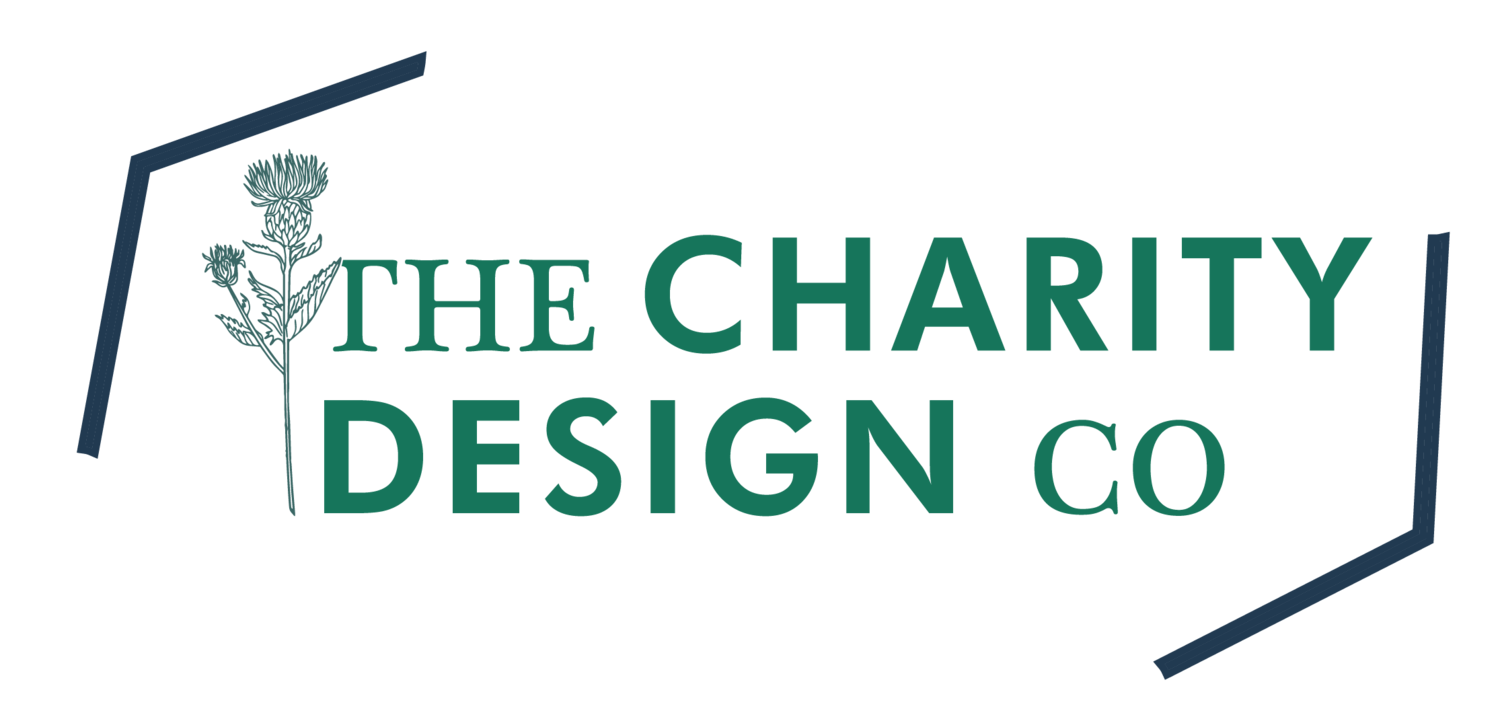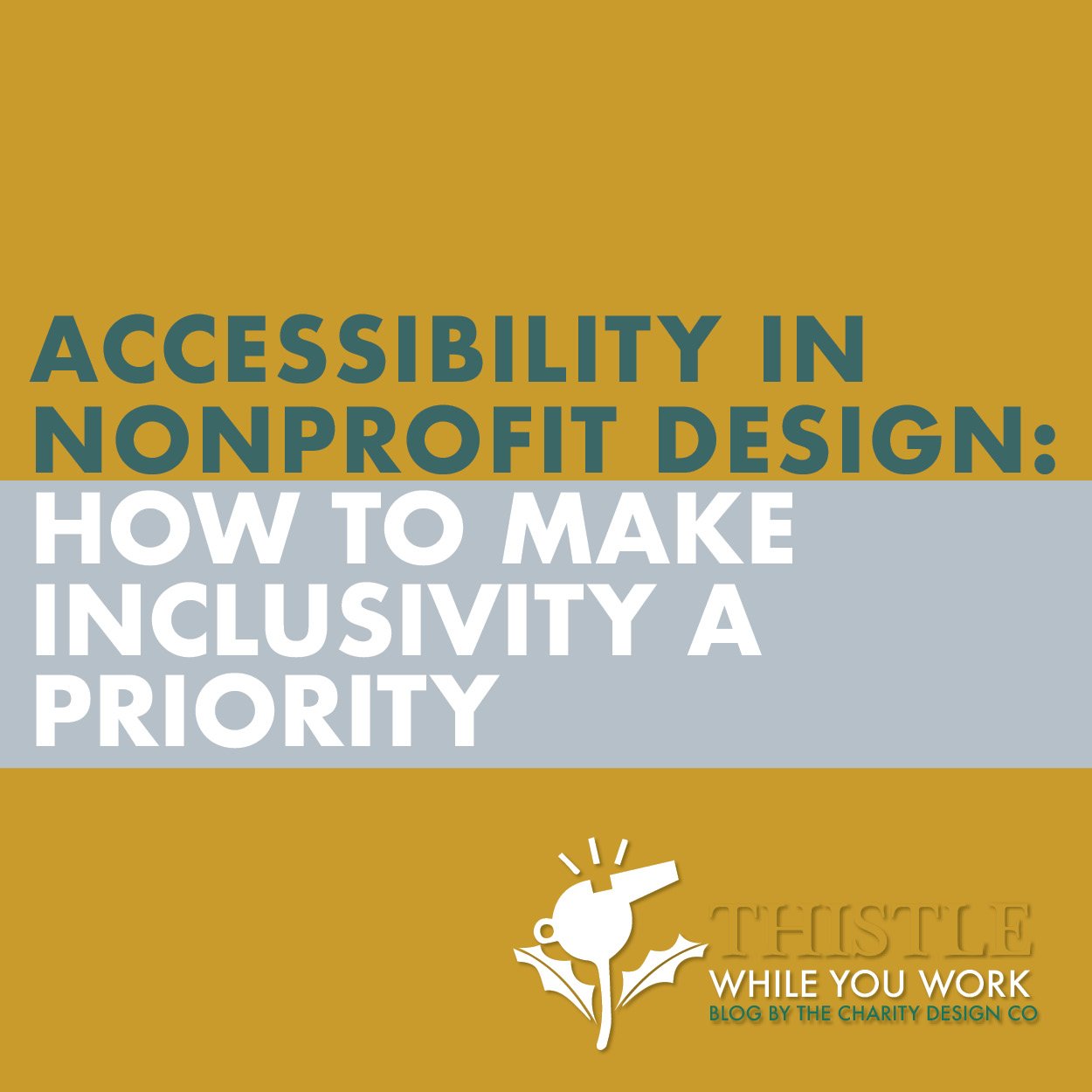MEASURING SOCIAL IMPACT: TOOLS AND METRICS FOR NONPROFIT EVALUATION
Nonprofit organizations exist to create social impact, whether it be providing education for underprivileged communities, fighting against climate change, or simply supporting a cause they are passionate about. However, it's not enough to just have a mission. It's equally important to measure the effectiveness of your programs and prove the value of your work to donors, stakeholders, and the general public.
Measuring social impact is not an easy task, but it's essential for evaluating program efficacy, identifying areas that need improvement, and attracting funding.
Let’s discuss various tools and metrics that nonprofit organizations can use to evaluate their social impact and increase transparency for their stakeholders.
#1) NONPROFIT METRIC TOOL
Logic Models
A logic model is a visual representation of how a program is intended to work and the impact it's expected to generate. It outlines the inputs, activities, outputs, and outcomes to help assess the effectiveness of your programs. It can also help identify gaps in your program and can facilitate communication within your organization. You can create a logic model using free resources online or hire a consultant to help develop a model tailored to your nonprofit.
#2) NONPROFIT METRIC TOOL
Surveys:
Surveys are an excellent tool for measuring the success of your programs. They give your organization the ability to collect qualitative and quantitative feedback from a large number of respondents. Surveys can be used to evaluate programs for effectiveness, assess the needs, wants, opinions of program participants and stakeholders, and improve your programs accordingly. SurveyMonkey, Google Forms, and Qualtrics are popular survey tools that nonprofits can use for free or at a low cost.
#3) NONPROFIT METRIC TOOL
Financial Metrics:
Financial metrics are useful for tracking funding and costs incurred in program management. They include metrics like program expenses, ROI, and cost per outcome. Financial metrics help assess the return on donor investment and can help you prioritize programs better. There are free financial management tools like Quickbooks Online and FreshBooks that are intuitive and user-friendly for nonprofits without dedicated financial staff.
In conclusion, using tools and metrics to measure social impact is essential for nonprofit organizations. Logic models, surveys, and financial metrics are effective ways to evaluate program success and demonstrate value to donors, stakeholders, and the public. Measuring social impact is an ongoing process and should be a part of your nonprofit's strategic goals. The tools and metrics outlined above will help reduce the time and resources required for evaluation and ensure that your programs make a meaningful impact.









